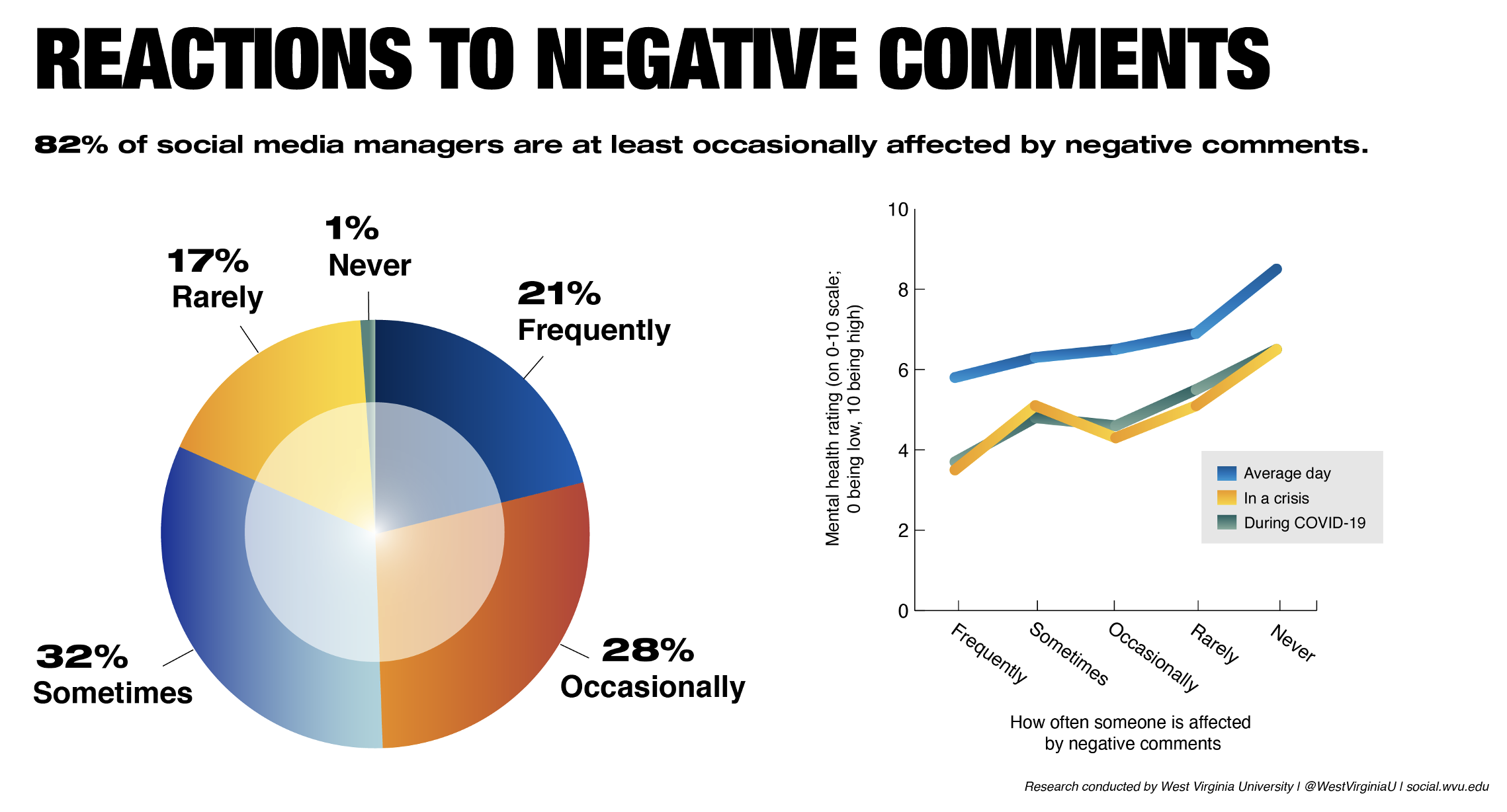MARKETING & DIGITAL ENGAGEMENT
Safeguarding the Mental Well-Being of Social Media Personnel
Not only has social media revolutionized how people engage with the world, but it also has changed the way the world—including businesses and organizations—engages with society.
Still, the constant pressure, voluminous content, and ever-changing algorithms of social media can take a toll on the mental health of social media users and those who work in the social media space.
In a presentation during the SHSMD23 Connections annual conference, Robbie Schneider, SMS, the social media manager at Franciscan Health, shed light on the challenges faced by social media teams working in health care. She shared strategies that both individuals and organizations can adopt to place mental health at the forefront, avert negative health consequences, and prevent job exhaustion among social media team members.
Understanding the Impact on Mental Health
Schneider highlights the prevalence of mental health issues in relation to social media work and emphasizes the need to recognize the unique stressors placed on social media managers.
“We’ve seen a lot of discourse in the news in the last couple of years about social media and the toll it can take, especially with our younger generations,” she explains. “Multiple studies are showing a link between heavy social media use and increased depression, loneliness, anxiety, self-harm, social media addiction and sleep problems. The individuals in these studies are the ones who are choosing to use social media for fun; they’re not the people who are in that universe day in and day out, trying to manage social media for a brand. [Social media teams] are dealing with the stressors of social media, regardless of it being the nature of their jobs.”
Realizing the Layers of Stress in the Workspace
Social media teams can experience multiple layers of stress, such as limited resources and personnel as well as the pressure to respond promptly to customer complaints, which can harm their mental well-being.
Health systems often have a social media team consisting of only one or a few people. Small social media teams are at especially high risk for burnout.
“You may be working in a rural health system, and you are the whole social media department,” Schneider says. “You may be doing everything from strategy to creation to service recovery to analytics to strategic planning. That’s a tremendous amount of pressure.”
The expectation of timely responses when it comes to social media platforms can lead to burnout or poor mental health outcomes for these team members, too, according to Schneider.
“Organizations receive hundreds of social comments and inbound messages every day,” she says. “You need to read every single one of them and see what warrants a response—what warrants contacting security, service excellence, nurse management, or legal. You have pressure to promptly respond to complaints.”
There is an additional layer of stress when responding to comments and complaints in health care social media marketing (Figure) because careful wordsmithing is typically needed so that messages remain compliant with HIPAA rules.

Fostering Mental Resilience: Strategies for Individuals
Social media practitioners can actively protect their mental health by setting boundaries for technology in both their professional and personal lives. Recommendations include limiting app usage, turning off notifications during designated times, taking breaks away from social media, using autoresponders during downtime, and curating digital spaces with positive content.
Schneider encourages social media team members to “take lunch and paid time off. Build in a walking break. Take a walking meeting. Do whatever is needed to do to get off a screen because it can be a very isolating place to live.”
Fostering Mental Resilience: Strategies for Leaders
Although social media is an “around-the-clock” technology, it’s crucial to align digital processes with real-world operations. For example, if departments such as billing or customer service are closed on weekends, the social media team’s activity should mirror this, too.
Leaders have the opportunity to introduce flexibility into work schedules and locations; this is particularly relevant for social media teams who often work unconventional hours in a digital environment.
One strategy to prevent burnout among social media teams is to reprioritize campaigns or tasks when there’s more coverage. Staffing and outsourcing options also should be considered. Cross-training employees is another effective strategy because it ensures coverage and provides support.
It is important for leaders to involve social media teams in planning processes, crisis communications and debriefing sessions to foster a sense of ownership and support. Creating a space where team members can safely express concerns and dissent is crucial.
It is also key to ensure that all team members are aware of and empowered to use internal and external mental health resources.
Finally, it is important for leaders to facilitate connections within the team, which is especially crucial in remote-work settings. Socializing outside of work tasks and building camaraderie can enhance team dynamics. It also supports mental well-being.
“We need to make sure that we are learning to work together, not in silos, and learn what is needed to build those connections,” Schneider stresses.
Promoting Well-Being in All Ranks
Protecting the mental health of social media teams is crucial for the overall well-being and productivity of team members. Even social media managers are occasionally affected by negative comments on these platforms and experience unique stressors in the social media environment. By implementing strategies to prioritize self-care and support social media teams, organizations can create a healthier and more productive work environment for their social media teams, according to Schneider.
Similarly, she says, individual team members can prioritize self-care and structure technology limits to mitigate the negative effects of social media. It is essential to recognize that mental health is as important as physical health, and to prioritize the well-being of those who work in the social media space.


